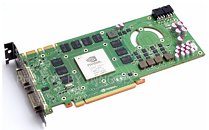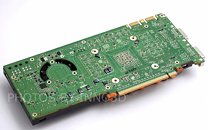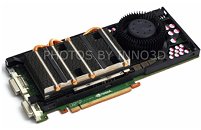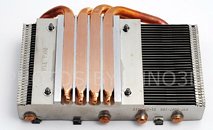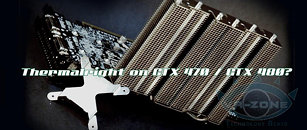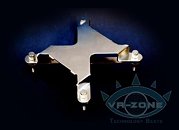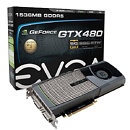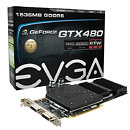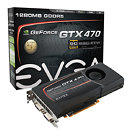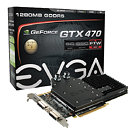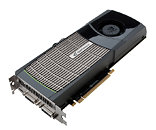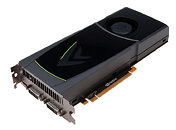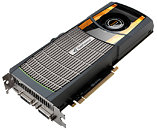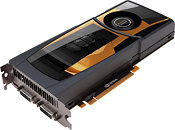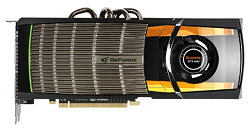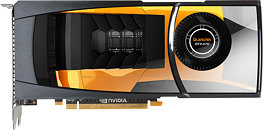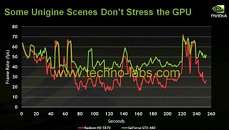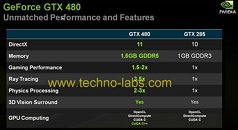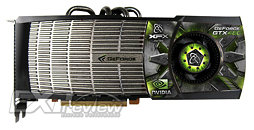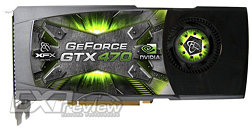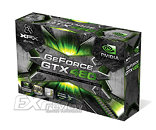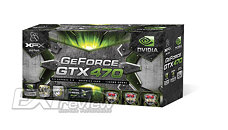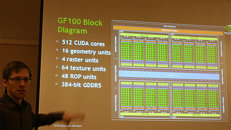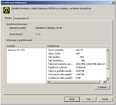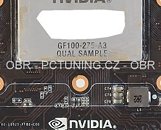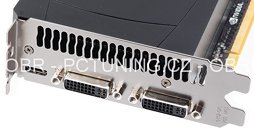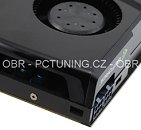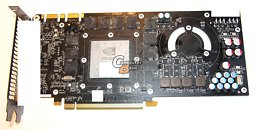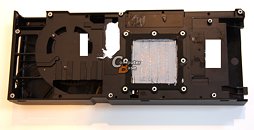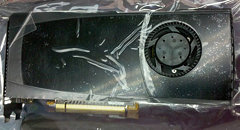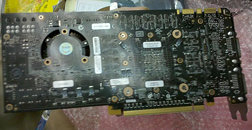
Inno3D Readies First ''Non-Reference'' GeForce GTX 470 Graphics Card
Inno3D seems to be in a bit of a hurry to bag the title of "first to come out with a non-reference GeForce GTX 400 graphics card," and is working tirelessly to get there. The company is readying a new "non-reference" graphics card, put in quotes because for the most part it is in fact a reference design. Traditionally, NVIDIA disallows its board partners from designing their own non-reference graphics cards based on newly-launched high-end GPUs, with a few concessions made for designs with factory-fitted water-blocks, or minor cosmetic changes, apart from letting their own sticker design, box design, bundle, and to an extant, pricing.
Inno3D's concession comes in the form of two things: 1. an NVIDIA reference-design PCB, which is now green instead of black, and 2. looking at the pictures, possibly a different cooler shroud design, although internally the cooling assembly remains reference design. Inno3D may roll out graphics cards with reference NVIDIA clock speeds, and also those with higher clock speeds. As with every other GTX 470 made so far, Inno3D's card is based on the GF100 GPU, it is DirectX 11 compliant, packs 448 CUDA cores, and 1.25 GB (1280 MB) of GDDR5 memory across a 320-bit wide interface. It supports 3-way SLI. At this point, there is no word on when exactly the card comes out, or pricing.
Inno3D's concession comes in the form of two things: 1. an NVIDIA reference-design PCB, which is now green instead of black, and 2. looking at the pictures, possibly a different cooler shroud design, although internally the cooling assembly remains reference design. Inno3D may roll out graphics cards with reference NVIDIA clock speeds, and also those with higher clock speeds. As with every other GTX 470 made so far, Inno3D's card is based on the GF100 GPU, it is DirectX 11 compliant, packs 448 CUDA cores, and 1.25 GB (1280 MB) of GDDR5 memory across a 320-bit wide interface. It supports 3-way SLI. At this point, there is no word on when exactly the card comes out, or pricing.
